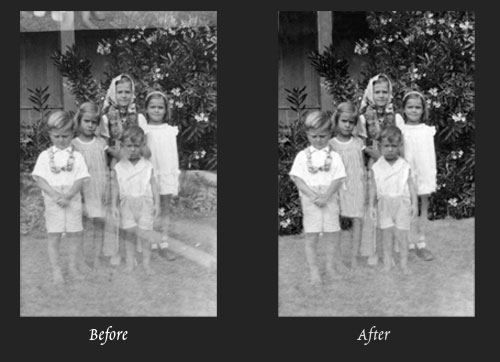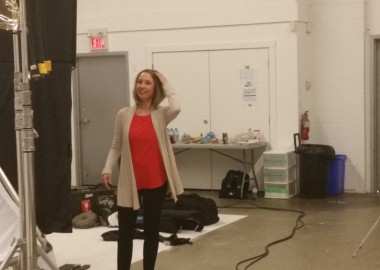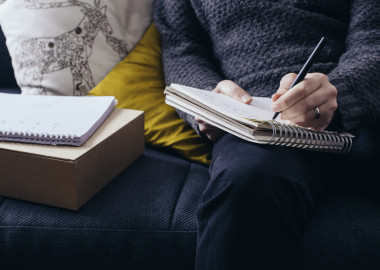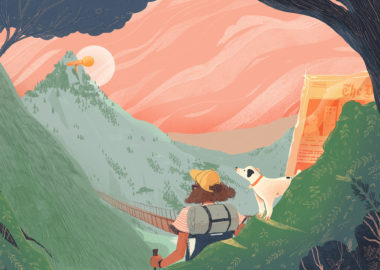The images provided by our clients are the heart of the visual narrative we create in our books. They are powerful stories in themselves. At the end of a photo research visit, I pack everything that could be used in the book, and send it back to our studio. When I send clients’ photos away, I’m handling their precious cargo, and they want to know what happens next. I tell them, 1) We carefully inventory each item and create a visual database for each book, and 2) we scan them to create a digital archive of the photo collection. The latter part can take days, and it’s a vital step for the art department.
You might have a scanner at home, too. And if you do, you’re probably wondering what the big whoop is, and why we do it ourselves, instead of outsourcing the work to a local copy shop. The reason is that we’re perfectionists.
Scanning photos isn’t a matter of slapping the photos on the flatbed and pressing a button. We’re committed to doing it correctly, so we have an in-house expert who plugs away for hours to get quality images that will print beautifully. To get the best image, we have to tell the machine how to interpret each picture individually — should it darken or lighten? Should it add shadow and contrast? The process is about applying a painterly touch, adjusting tone and saturation, and even bringing out detail that was invisible to the eye in the original print. It involves correcting colour, and making scratches, cracks and dust marks disappear from old snapshots. The scanning and restoration of photos takes skill and a careful eye. We make some pictures look better than the real thing.
The pay off for this time-consuming and seemingly simple task is big: in the end, we produce books that hold and protect your photos — and your memories — with the thoughtfulness and care they deserve.

(borrowed from John Loggins)





